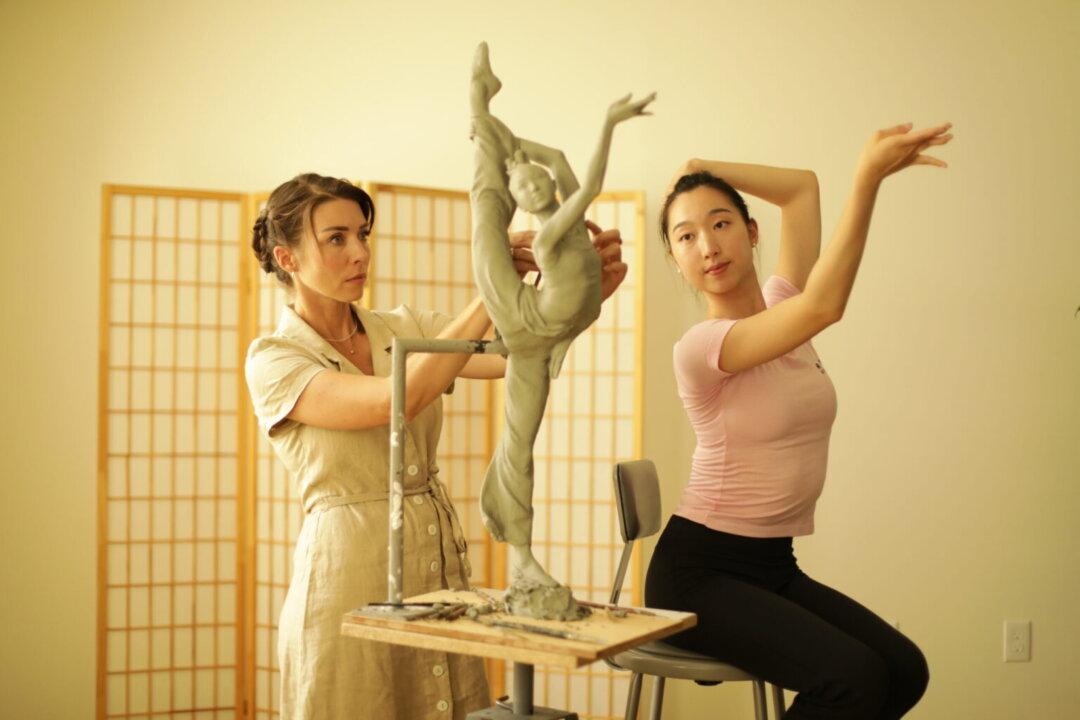Growing up in Salzburg, Austria, Johanna Schwaiger was constantly surrounded by beautiful art—from the city’s Baroque architecture to majestic fountains and public gardens. “I always thought the masters of these works were of a distant past, … had magical skills, and I thought if I could only learn a little bit of what they knew, I would be so happy,” she said.
Her father, an art teacher, taught her basic drawing and sculpting techniques. Working in clay gave her true joy. “It became my world to retreat to, whenever I felt I needed to escape somewhere, like Alice entering her wonderland,” she said. Today, Schwaiger has not only achieved her childhood dream of becoming a sculptor but also seeks to inspire the next generation of artists to create the kind of art that so moved her.






